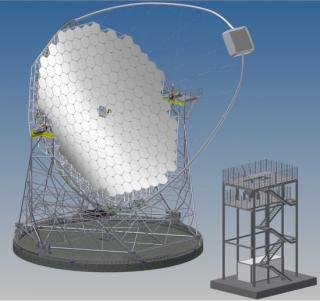El pasado 7 de octubre, en Tenerife, el FREMAP (Mutua de Accidentes de Trabajo y Enfermedades Profesionales) hizo entrega del Premio “Empresa ejemplar en Prevención” entre sus mutualistas al Instituto de Astrofísica de Canarias (IAC), “en reconocimiento a su ejemplar labor en la reducción de la siniestralidad laboral y su compromiso para promover e integrar la seguridad y salud de su trabajadores”.
Advertised on




